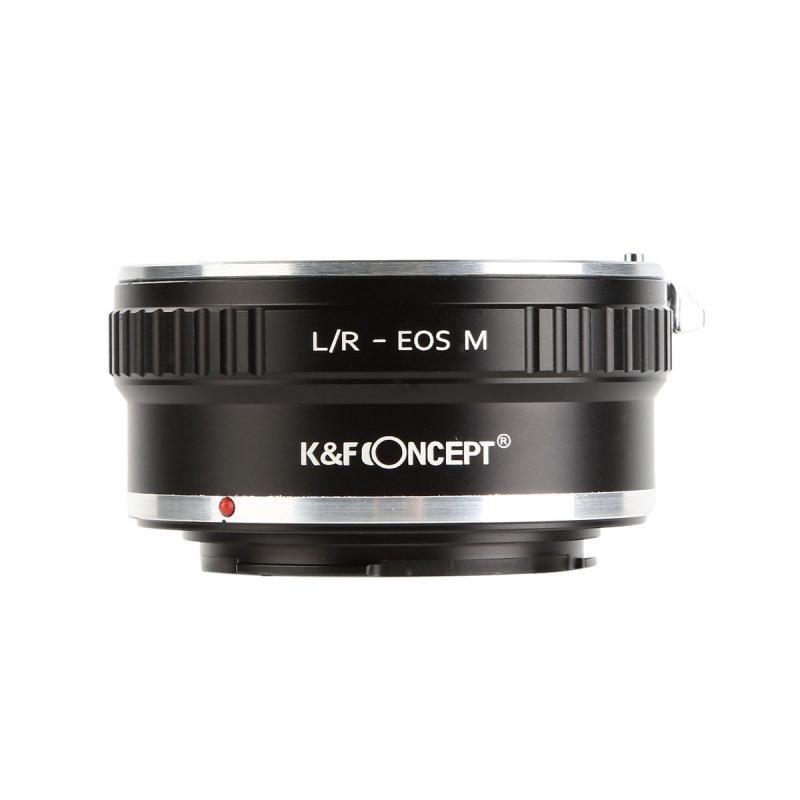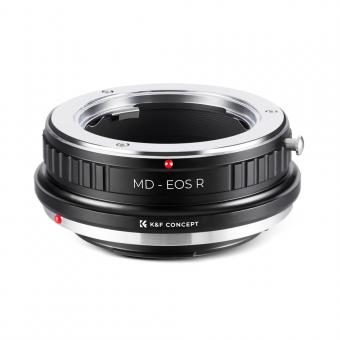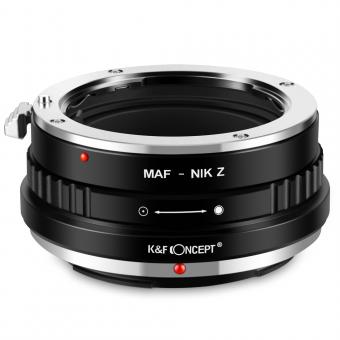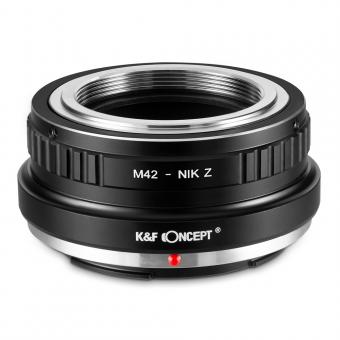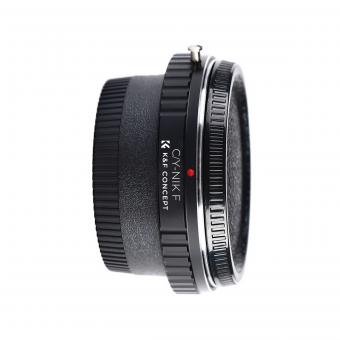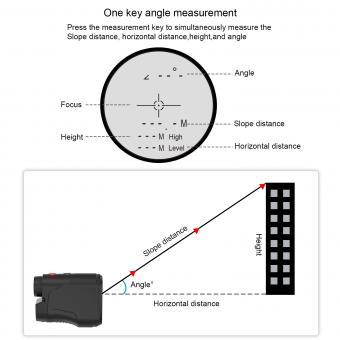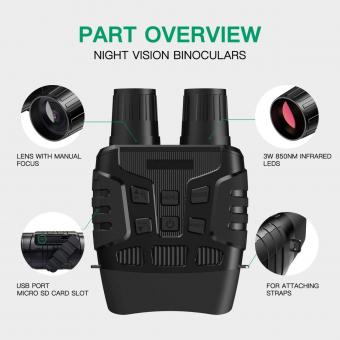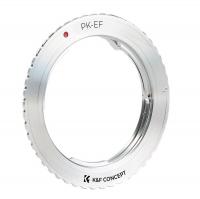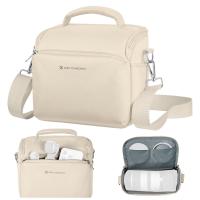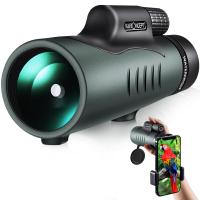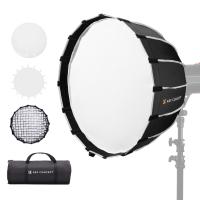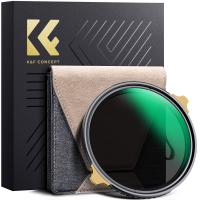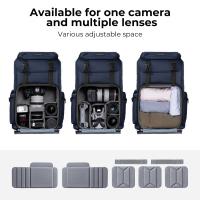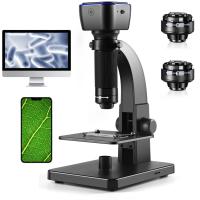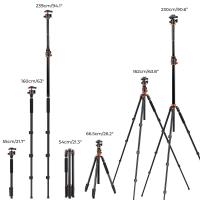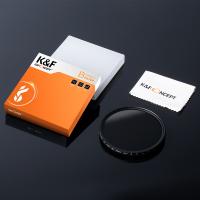How Do Leica Rangefinders Work ?
Leica rangefinders work by using a split-image rangefinder mechanism. This mechanism splits the image seen through the viewfinder into two halves, which are then brought back together by adjusting the focus ring on the lens. The amount of adjustment needed to bring the two halves of the image back together is directly proportional to the distance to the subject being photographed. By using this mechanism, Leica rangefinders are able to provide accurate distance measurements without the need for autofocus technology. This makes them popular among photographers who prefer manual focus and value the precision and simplicity of the rangefinder system.
1、 Optical Rangefinder Technology
Leica rangefinders work by using optical rangefinder technology. This technology involves the use of two separate optical paths that are combined to create a single image. The first path is used to view the subject, while the second path is used to view a superimposed image of the subject. By adjusting the focus of the second path, the two images can be aligned, allowing the user to determine the distance to the subject.
The latest Leica rangefinders use advanced technology to improve the accuracy and speed of the rangefinder. For example, the Leica M10-R features a high-resolution viewfinder that provides a clear and detailed image of the subject. It also has a rangefinder that is accurate up to 0.72x magnification, allowing for precise focusing even in low light conditions.
Another feature of the latest Leica rangefinders is the use of electronic viewfinders. These viewfinders provide a digital image of the subject, which can be magnified and adjusted for focus. This technology is particularly useful for photographers who require precise focusing, such as those who shoot macro or portrait photography.
Overall, Leica rangefinders use optical rangefinder technology to provide accurate distance measurements. The latest models incorporate advanced technology to improve the accuracy and speed of the rangefinder, making them a popular choice among professional photographers.
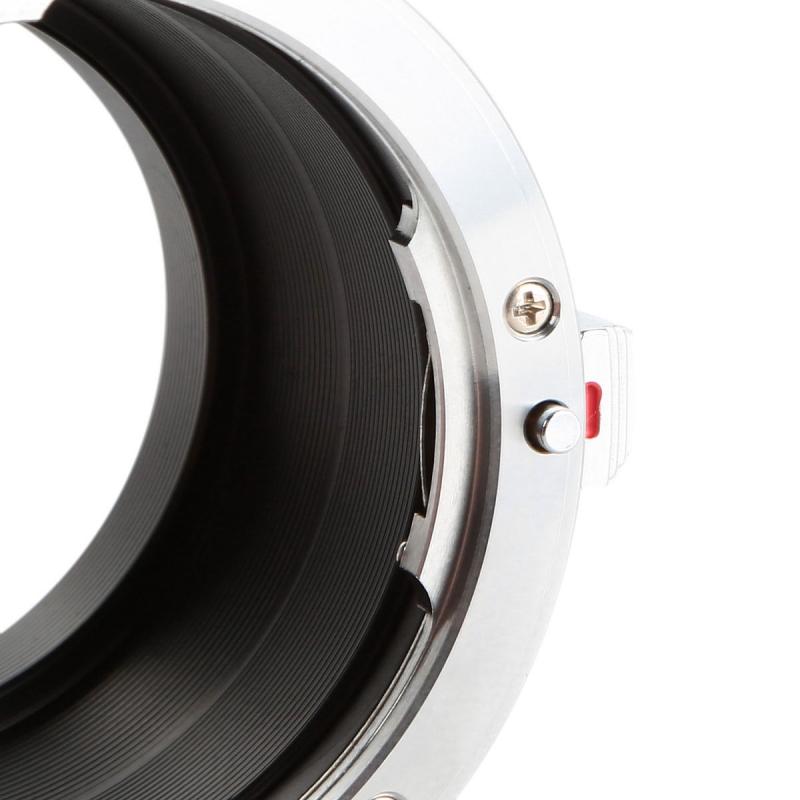
2、 Parallax Correction Mechanism
Leica rangefinders work by using a parallax correction mechanism to accurately measure the distance between the camera and the subject. This mechanism works by using two separate viewfinders, one for framing the shot and the other for focusing. The viewfinder for focusing has a small window that allows the user to see two images of the subject, one on top of the other. By adjusting the focus ring, the user can align these two images until they merge into one, indicating that the subject is in focus.
The parallax correction mechanism comes into play because the two viewfinders are not in the same position on the camera. The framing viewfinder is located above and to the left of the focusing viewfinder, which means that the two views are slightly offset from each other. This offset creates a parallax error, which means that the image seen through the focusing viewfinder is not exactly the same as the image seen through the framing viewfinder.
To correct for this error, Leica rangefinders use a system of mirrors and prisms to shift the focusing viewfinder image slightly to the right. This shift compensates for the parallax error and allows the user to accurately focus on the subject. The amount of shift required depends on the distance between the camera and the subject, so Leica rangefinders typically have a series of marks or symbols on the focusing viewfinder that indicate the correct shift for different distances.
In recent years, Leica has introduced digital rangefinders that use electronic viewfinders instead of optical ones. These cameras still use a parallax correction mechanism, but the correction is done electronically rather than optically. Despite this change, the basic principles of how Leica rangefinders work remain the same.
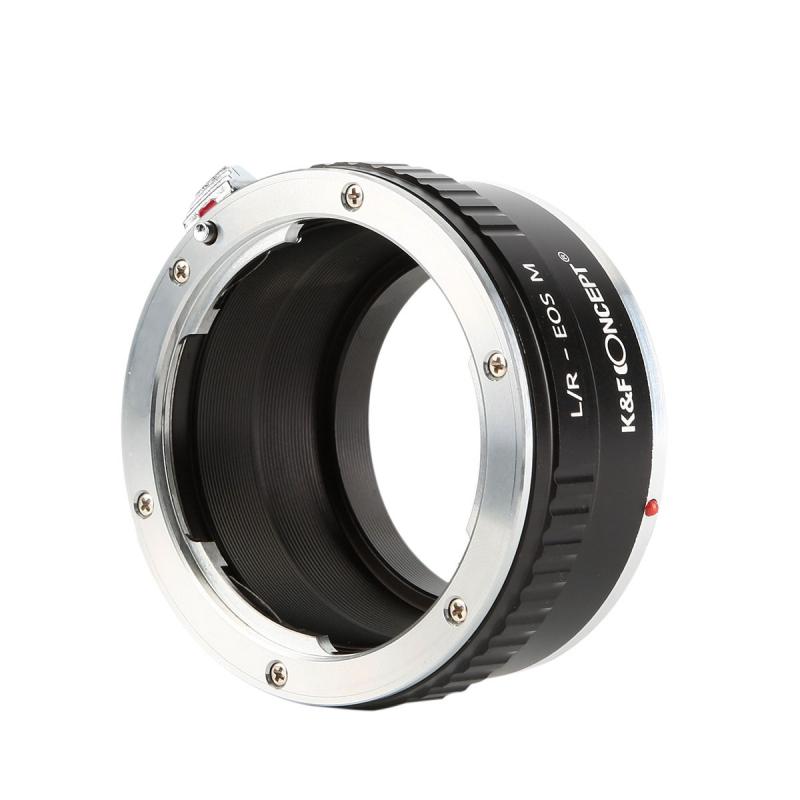
3、 Viewfinder and Focusing System
Leica rangefinders are known for their precision and accuracy in capturing images. The viewfinder and focusing system are the key components that make this possible.
The viewfinder is a small window located on the top left corner of the camera body. It allows the photographer to see the subject and compose the shot. The viewfinder on a Leica rangefinder is unique in that it provides a bright and clear view of the subject, even in low light conditions. This is due to the use of a large, high-quality optical viewfinder that is designed to provide a clear and accurate view of the subject.
The focusing system on a Leica rangefinder is also unique. It uses a split-image rangefinder that allows the photographer to focus the lens manually. The split-image rangefinder works by splitting the image into two halves and then aligning them when the lens is in focus. This allows the photographer to achieve precise focus, even in low light conditions.
In addition to the split-image rangefinder, Leica rangefinders also feature a magnifying lens that can be used to focus on specific details in the image. This is particularly useful when shooting portraits or other close-up shots.
Overall, the viewfinder and focusing system on a Leica rangefinder work together to provide a precise and accurate way to capture images. While other camera systems may rely on autofocus technology, Leica rangefinders offer a more hands-on approach that allows photographers to have greater control over the final image.
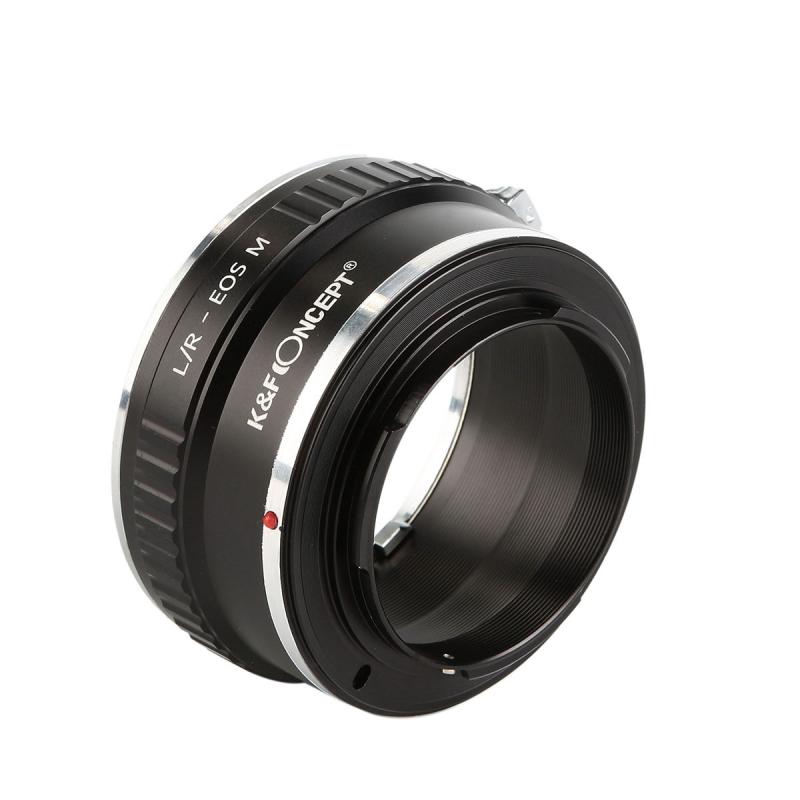
4、 Rangefinder Calibration and Adjustment
How do Leica rangefinders work? Leica rangefinders use a split-image rangefinder system to measure the distance between the camera and the subject. This system works by splitting the image in the viewfinder into two halves, which are then brought into alignment by adjusting the focus ring. The amount of adjustment needed to bring the two halves into alignment is directly proportional to the distance between the camera and the subject.
Rangefinder calibration and adjustment is an important aspect of maintaining the accuracy of Leica rangefinders. Calibration involves adjusting the rangefinder mechanism to ensure that it accurately measures the distance between the camera and the subject. This is typically done by adjusting the position of the rangefinder prism or the position of the rangefinder cam.
Adjustment involves making small tweaks to the rangefinder mechanism to compensate for any inaccuracies that may be present. This can include adjusting the rangefinder prism or cam, as well as adjusting the focus mechanism to ensure that the lens is properly aligned with the rangefinder.
In recent years, Leica has introduced digital rangefinders that use a hybrid viewfinder system that combines a traditional rangefinder with an electronic viewfinder. This system allows for greater flexibility and accuracy, as well as the ability to preview exposure and focus settings before taking a shot. However, the basic principles of rangefinder calibration and adjustment remain the same, regardless of the type of rangefinder being used.
